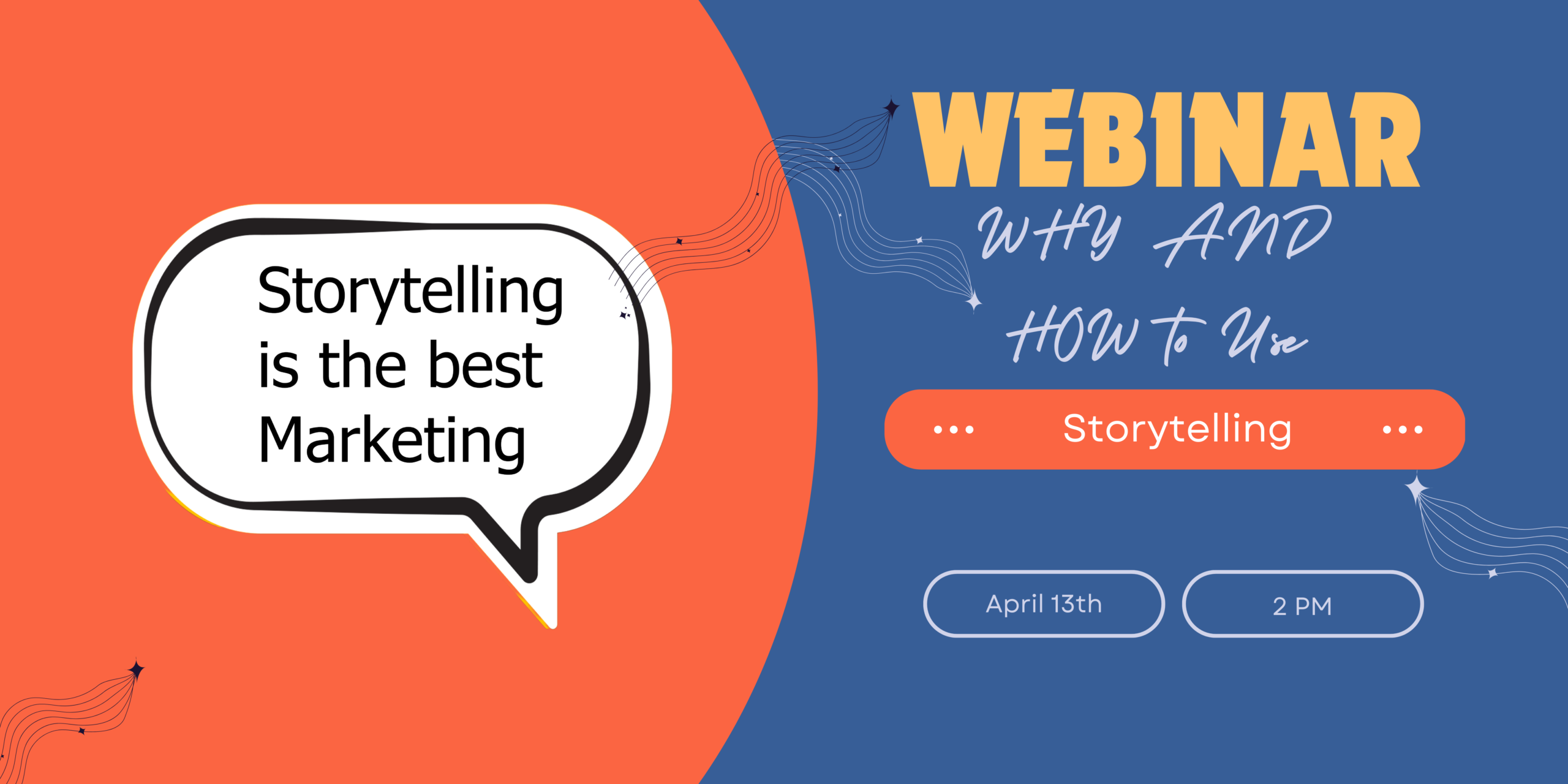Storytelling has been a crucial part of human communication since the beginning of time. Our ancestors passed on knowledge, wisdom, and beliefs through stories told orally, etched on cave walls, or written down in books. The power of storytelling lies in its ability to engage, inspire, and move people on an emotional level. It can be a potent tool for communicating complex ideas, especially when facts and figures fail to capture the attention of your audience. In this blog post, we will explore how storytelling can assist in communicating ideas.
-
Storytelling creates an emotional connection
When we hear a story, it triggers a range of emotions, from empathy to curiosity, to excitement. Emotions are a powerful motivator, and they can help people remember information better. When you use storytelling to communicate an idea, you can tap into the emotions of your audience and create a lasting impression. By telling a story that captures their attention and moves them emotionally, you can help your audience remember your message long after your presentation is over.
Using your own story can be a powerful way to create an emotional connection with your audience. Here are some tips on how to do it effectively:
- Be authentic: Share your story in a way that is genuine and authentic. Your audience will be able to tell if you are not being honest, and it can undermine your credibility.
- Identify the emotions: Think about the emotions you want to evoke in your audience. Do you want them to feel inspired, motivated, or empathetic? Once you have identified the emotions, craft your story in a way that will elicit them.
- Use sensory details: Use sensory details to bring your story to life. What did you see, hear, smell, taste, or feel? By using sensory details, you can help your audience imagine themselves in your story and feel the emotions you are trying to convey.
- Show vulnerability: Don’t be afraid to show vulnerability in your story. Sharing your struggles, failures, or fears can make your story more relatable and help your audience connect with you on a deeper level.
- Use visuals: If possible, use visuals to help illustrate your story. A picture, video, or graphic can add depth and emotion to your story and help your audience connect with it on a more visceral level.
- Tie it to your message: Make sure your story ties back to the message you want to convey. Your audience should understand how your story relates to the broader point you are trying to make.
By using these tips, you can create an emotional connection with your audience using your own story. Remember to be authentic, identify the emotions you want to evoke, use sensory details, show vulnerability, use visuals, and tie your story to your message.
-
Storytelling makes information more relatable
One of the biggest challenges in communicating complex ideas is making them relatable to your audience. People often struggle to understand abstract concepts or technical jargon, but storytelling can help bridge that gap. By using stories that your audience can relate to, you can illustrate your ideas in a way that is more accessible and engaging. When your audience sees how your idea relates to their own experiences, they are more likely to understand and remember it.
-
Storytelling simplifies complex ideas
Sometimes, simplifying a complex idea is the best way to communicate it. Storytelling can help you do that by breaking down complex ideas into smaller, more manageable pieces. Using a story to illustrate each piece makes the idea easier to understand and remember. The story acts as a framework for your audience to organize and remember the information.
-
Storytelling adds context
Presenting an idea without context can make it difficult for your audience to understand its significance. Storytelling can help add context by illustrating how the idea fits into a larger narrative. By showing how your idea is connected to other ideas or events, you can help your audience see the bigger picture. This can be especially helpful when presenting a new idea or concept your audience is unfamiliar with.
-
Storytelling inspires action
The ultimate goal of communicating an idea is to inspire action. You want your audience to take some sort of action based on your message. Storytelling can be a powerful motivator for action because it engages your audience emotionally. When your audience is emotionally invested in your message, they are more likely to take action to support it.
In conclusion, storytelling can be a powerful tool for communicating complex ideas. It creates an emotional connection, makes information more relatable, simplifies complex ideas, adds context, and inspires action. Using storytelling to communicate your ideas, you can engage your audience and make a lasting impression. So the next time you need to communicate a complex idea, consider using storytelling to help you succeed.

